Rhinoplasty, often referred to as a “nose job,” is a surgical procedure designed to enhance the shape and function of the nose. Whether you’re considering nose job for cosmetic reasons or to improve breathing, this guide will provide you with everything you need to know.
What is Rhinoplasty?
If you’ve ever felt self-conscious about your nose or experienced difficulty breathing, you’re not alone. Nose job can address a variety of concerns, transforming both your appearance and quality of life. This versatile surgery can reshape the bone, cartilage, and skin of the nose, offering solutions for aesthetic improvements and functional corrections alike.
Rhinoplasty is a surgical procedure that modifies the bone, cartilage, and skin of the nose. It aims to improve both the appearance and functionality of the nose. This versatile procedure can address a variety of concerns, from aesthetic adjustments to correcting breathing problems.
Why Do People Get Rhinoplasty?
Deciding to undergo rhinoplasty is often driven by a combination of aesthetic desires and medical needs. Many individuals seek this procedure to enhance their facial harmony, feeling that their nose is too prominent, crooked, or has other features they wish to change. For others, breathing difficulties due to structural issues or previous injuries make rhinoplasty a necessity.
Cosmetic Reasons:
- Enhancing Appearance: Smooth out bumps or dips in the nasal profile.
- Resizing: Adjust the size of the nose for better facial harmony.
- Shaping the Tip: Refine a bulbous or drooping tip.
- Straightening: Correct a crooked nose.
- Nostril Shape: Modify the size or shape of the nostrils.
Functional Reasons:
- Breathing Difficulties: Fix structural issues like a deviated septum.
- Injury Repair: Restore the nose after trauma.
- Congenital Defects: Correct birth defects affecting the nose’s structure and function.
Types of Noses
Understanding the different types of noses can help you identify specific features you might want to address through rhinoplasty. Types of noses in males is more or less the same as of different types of noses in females .Here are some common nose shapes:
Greek Nose:
- Greek Nose is characterized by a straight bridge and minimal curvature. Often considered a classical beauty feature, it may require minimal adjustments for those seeking surgical procedure.
Aquiline Nose:
- Aquiline Nose known for its prominent bridge that can create a slight bump or curvature. Rhinoplasty can smooth out the bridge for a more streamlined profile.
Button Nose:
- Button Nose is small and rounded, often with a slightly upturned tip. Rhinoplasty might refine the tip or adjust the nostrils for better symmetry.
Roman Nose:
- Roman Nose is similar to the aquiline nose but with a more pronounced bump. Surgery can help reduce the bump and create a more balanced look.
Hawk Nose:
- Features a sharp, downward curve at the tip. Nose job can lift and straighten the tip for a softer appearance.
Snub Nose:
- Short and upturned, giving a slightly perky appearance. Adjustments can be made to lengthen or reduce the upturn if desired.
Nubian Nose:
- Characterized by a wide base and broad nostrils. Rhinoplasty can narrow the base and refine the nostrils for a more proportionate look.
Types of Noses are different for different regions and ethnicities. One should know his nose type exactly.
Types of Rhinoplasty
Choosing the right type of rhinoplasty depends on your specific needs and goals. Open and closed nose job are the two main approaches, each with its advantages. Understanding these options can help you and your surgeon determine the best method to achieve your desired outcome.
Open Rhinoplasty:
- Involves a small incision on the columella (the tissue between the nostrils) and additional incisions inside the nose.
- Provides better visualization of nasal structures, ideal for extensive reshaping.
Closed Rhinoplasty:
- All incisions are made inside the nostrils.
- Less invasive with no visible scarring, suitable for minor adjustments.
The Rhinoplasty Procedure
The nose correction journey begins with a detailed consultation where you’ll discuss your goals and expectations with your surgeon. From there, the procedure itself is meticulously planned and executed, ensuring both your safety and satisfaction. Understanding the steps involved can help ease any concerns you may have.
Consultation:
- Discuss goals, medical history, and undergo a physical examination.
- Photos may be taken for reference and planning.
- Computer simulations might be used to show potential outcomes.
Anesthesia:
- Performed under general anesthesia or local anesthesia with sedation.
Surgery:
- Incisions are made according to the chosen technique (open or closed).
- Bone and cartilage are reshaped to achieve the desired outcome.
- Skin and tissue are redraped over the new structure, and incisions are closed with sutures.
Recovery:
- Splints and packing might be placed inside the nose and a splint on the outside to support and protect the new shape.
- Initial swelling and bruising subside within a few weeks, but full results can take up to a year to become apparent.
- Follow-up appointments ensure proper healing.
Risks and Considerations
Like any surgical procedure, rhinoplasty carries certain risks. Understanding these potential complications and having realistic expectations are essential steps in your decision-making process. While most patients experience positive outcomes, being informed about the risks can help you prepare for a successful surgery and recovery.
Common Risks:
- Infection
- Bleeding
- Adverse reaction to anesthesia
- Breathing difficulties
- Scarring
- Numbness
Expected Results:
- Results are permanent but can be affected by aging and other factors over time.
- A revision rhinoplasty might be needed in some cases to refine the outcome.
Choosing the Right Surgeon
The success of your rhinoplasty heavily depends on the expertise and experience of your surgeon. Taking the time to research and select a qualified professional ensures that you’re in good hands. Look for a board-certified Plastic Surgeon, MaxilloFacial Surgeon or Otolaryngologist (ENT specialist) with a strong track record in rhinoplasty. Review before-and-after photos of previous patients and ensure clear communication about your desired outcomes.
Final Thoughts
Rhinoplasty can significantly enhance your facial harmony and improve breathing functionality. However, it’s essential to have realistic expectations and choose a skilled, experienced surgeon. If you’re considering rhinoplasty, schedule a consultation to discuss your goals and learn more about this transformative procedure.
For more information on rhinoplasty and to find a qualified surgeon, visit The Face Clinic and start your journey to a more confident you.
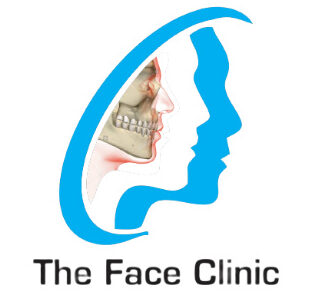
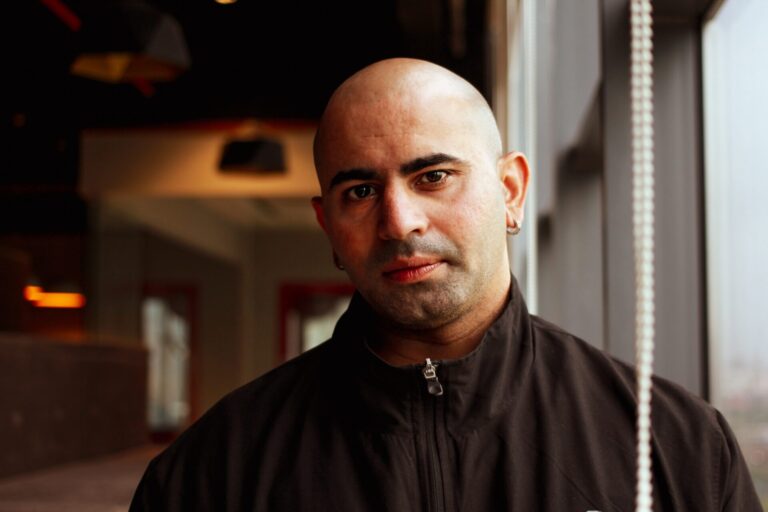
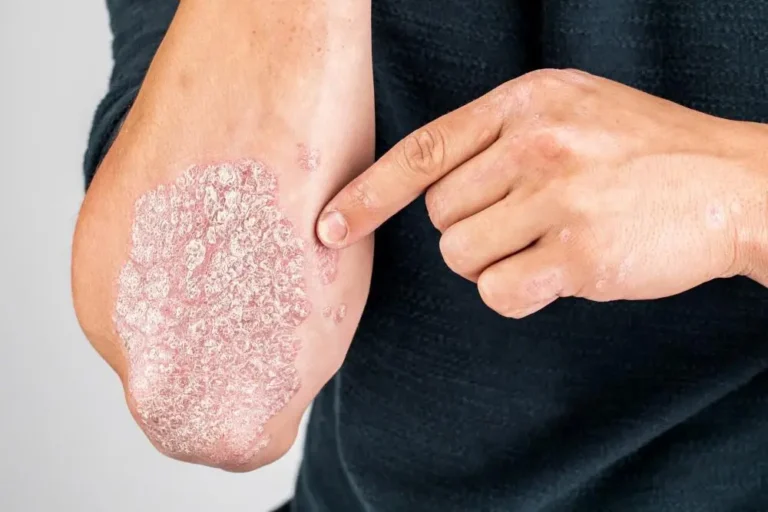
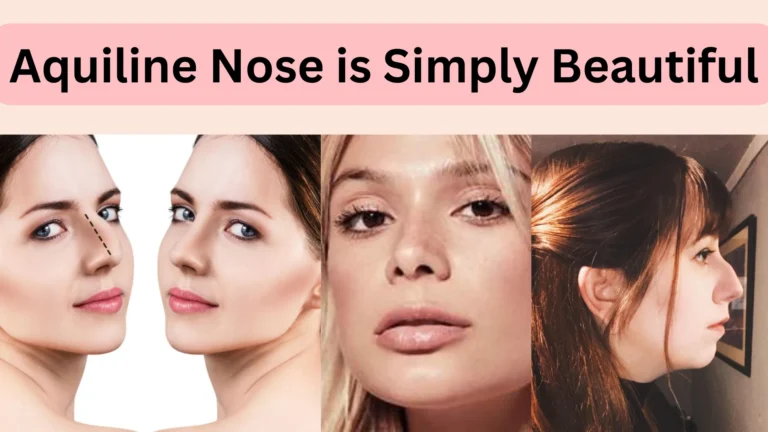
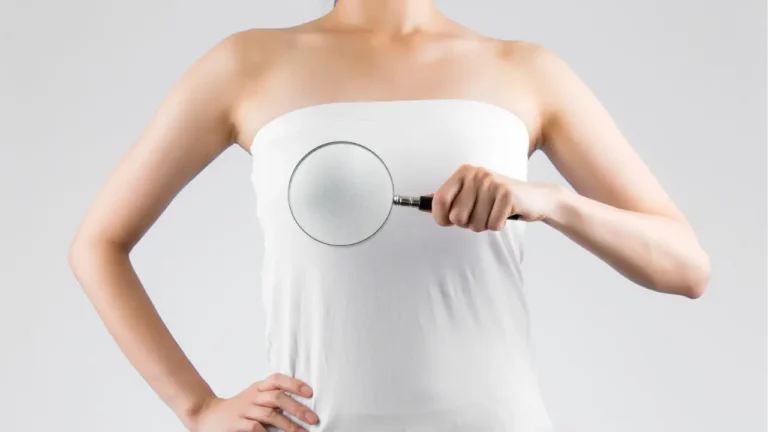
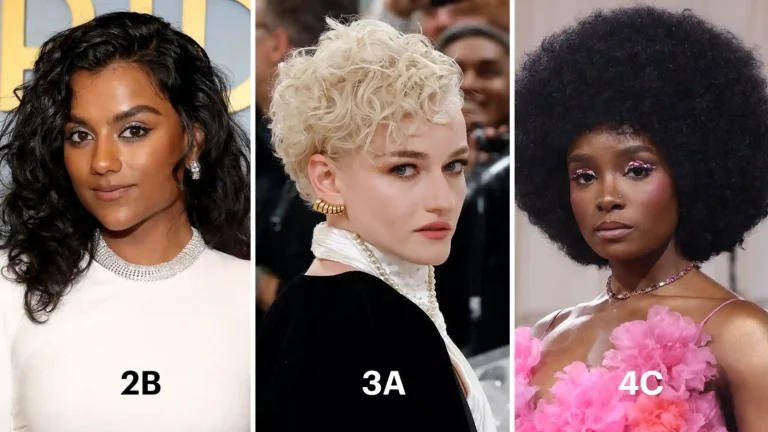
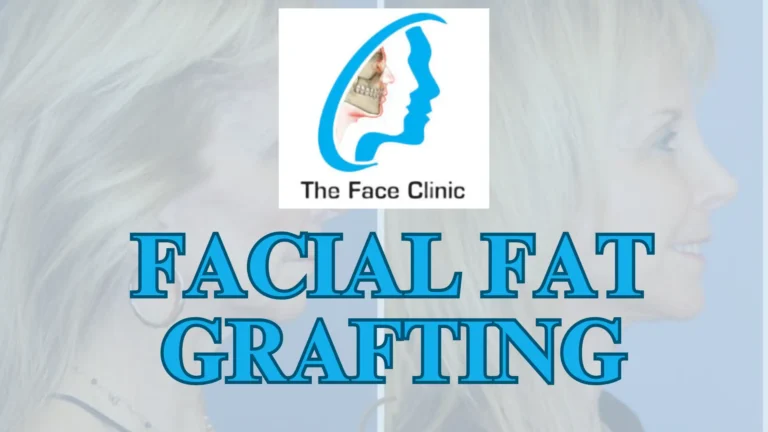
2 Comments
Comments are closed.